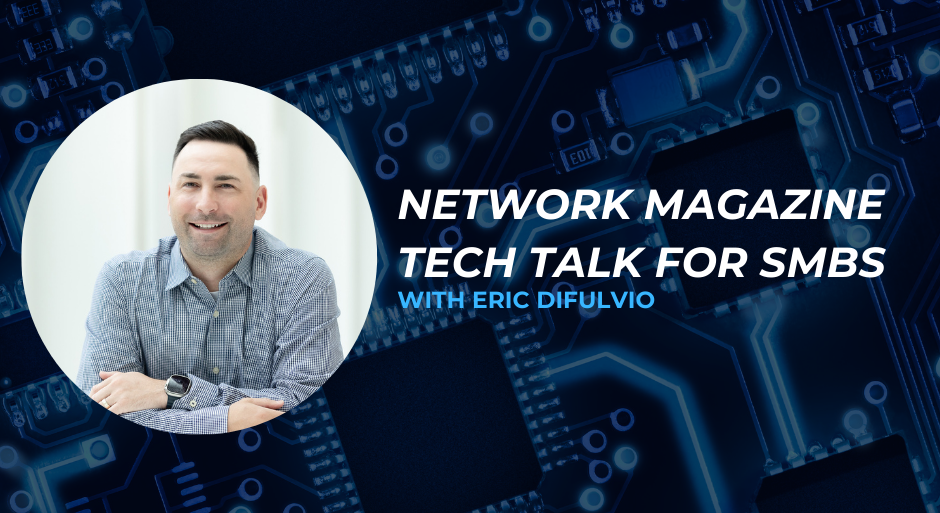For years, Managed Service Providers (MSPs) have been the go-to technology partner for small and midsize businesses. An MSP provides outsourced IT services—managing networks, cloud systems, and cybersecurity. But modern MSPs, like MCIT, have expanded their role beyond support. Today’s MSPs often include a staffing model that places IT professionals directly into your business, whether part-time or full-time or for a specific project. This blend of outsourced expertise and embedded staffing gives SMBs flexibility that didn’t exist a decade ago.
In this issue of Tech Talks for SMBs, we’ll explore IT staffing—what it is, how it works, and whether it might be the right fit for your business.
Why Consider IT Staffing?
When small business owners think about staffing, they usually picture sales, operations, or customer service teams—not IT. Technology often feels like something you outsource or only address when it breaks. But in today’s world, where IT is tied directly to revenue, efficiency, and security, having dedicated talent on hand is worth a closer look.
Most businesses share the same pain points. Computers crash at the wrong time, new software overwhelms teams, security risks feel endless, and inefficient processes drag down growth. Outsourcing everything to an MSP is still a solid solution, but there are situations where embedding IT talent within your business gives you an extra layer of responsiveness and insight.
Different Approaches
IT staffing isn’t limited to hiring a full-time engineer. It can take the form of short-term contracts, where you test a professional before bringing them on permanently; fractional leadership, where a part-time CIO or IT manager guides strategy; or project-based engagements, where specialists oversee initiatives like cloud migrations or security upgrades. Some businesses choose a co-managed model, combining their own staff with the support of an MSP.
The common thread is flexibility. These arrangements let you access the right level of expertise when you need it, without committing to the cost of a full in-house department.
What Businesses Gain
The advantages of IT staffing go beyond having someone nearby to fix a computer. A dedicated professional becomes familiar with your systems and your people, which speeds up problem-solving and makes solutions more tailored to your needs. They can also identify opportunities to improve efficiency, recommend tools, and automate repetitive tasks—turning IT from a “support function” into a driver of growth. Perhaps most importantly, IT staffing allows you to scale. As your business opens new locations, hires more staff, or takes on new technologies, IT talent can grow with you.
What to Keep in Mind
Of course, IT staffing isn’t the right move for everyone. Costs are higher than a purely outsourced model, so you’ll need to weigh ROI carefully. It’s also important to hire the proper skill set—someone great with servers may not be the right person to train your team on software. And like any employee, an IT staffer requires goals, accountability, and leadership support. Many SMBs strike a balance by pairing internal staff with a trusted MSP that provides oversight and specialized expertise.
Is It Time for You?
How do you know if IT staffing is worth considering? If your company has grown to 50 or more employees, relies heavily on technology, or is in the middle of a major transition like an expansion or merger, the answer may be yes. It’s also worth exploring if you’re dealing with frequent downtime, if cybersecurity risks keep you up at night, or if you want IT to do more than “keep the lights on.”
The best way to start is with a simple needs assessment. Look at your recurring IT challenges, consider whether you need daily support or project help, and ask what faster response times or better planning would mean for your bottom line. From there, a conversation with a trusted MSP or staffing provider can help clarify the right fit.
The Bottom Line
For many SMBs, IT staffing isn’t just an option—it’s an opportunity. It brings IT closer to the heart of the business, aligns technology with growth, and ensures systems don’t just keep up but actively drive success. Whether you need a fractional CIO, a contract engineer, or just advice on structuring IT, there are models designed to meet you where you are.
Technology shouldn’t be seen only as a cost—it should be a competitive advantage. And with the right staffing approach, it can be.
What’s Next?
In our next Tech Talks for SMBs issue, we’ll introduce a new concept: the Fractional AI Officer. Just as fractional CFOs or CIOs provide part-time leadership, a Fractional AI Officer helps businesses harness artificial intelligence strategically without the cost of a full-time executive. We’ll explore how this role can guide decision-making, streamline operations, and give SMBs a competitive edge in today’s AI-driven world.






















